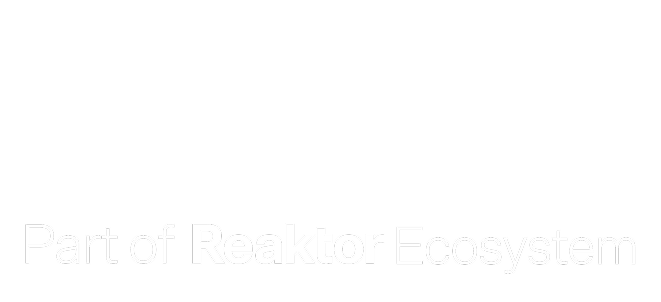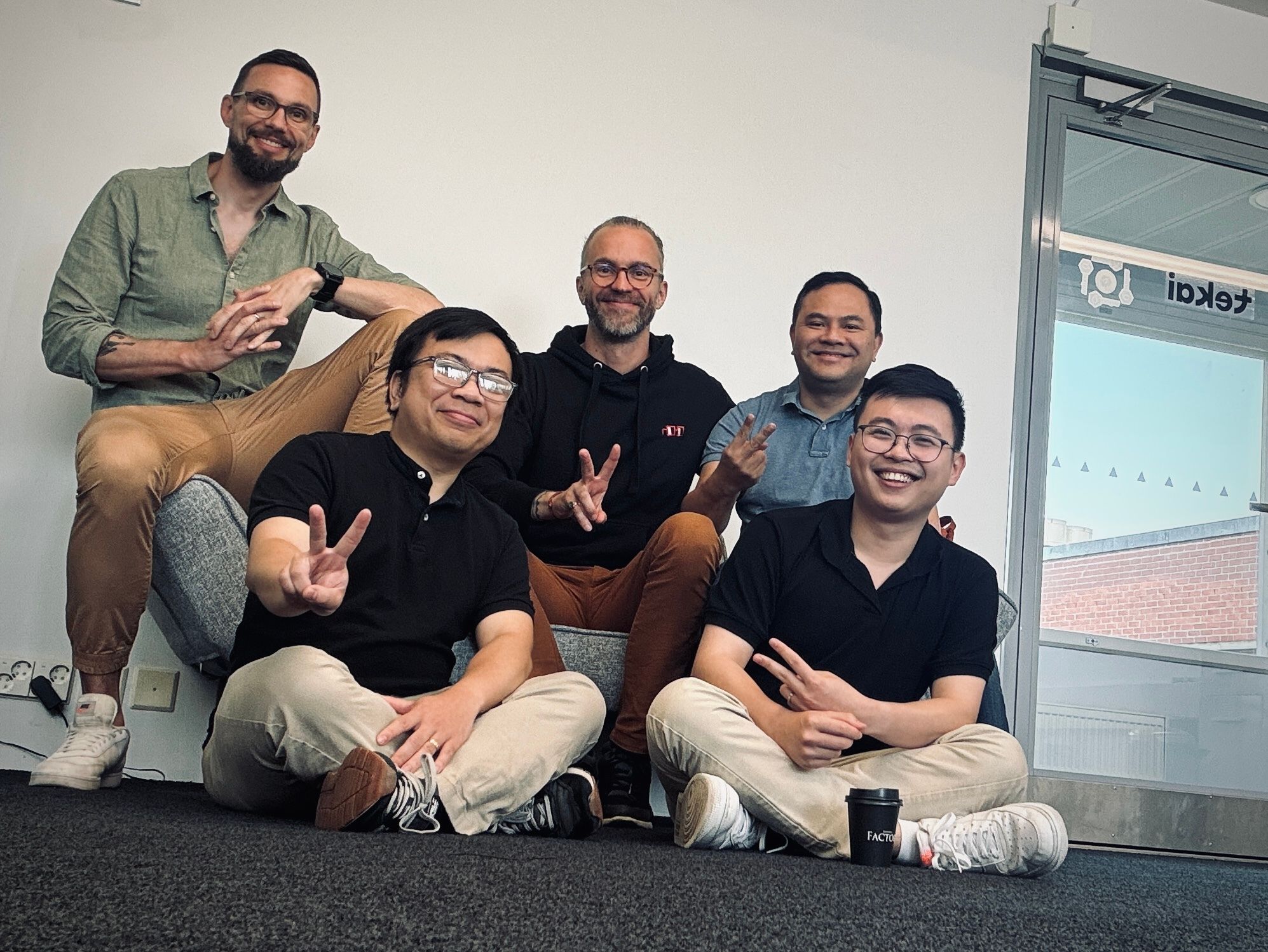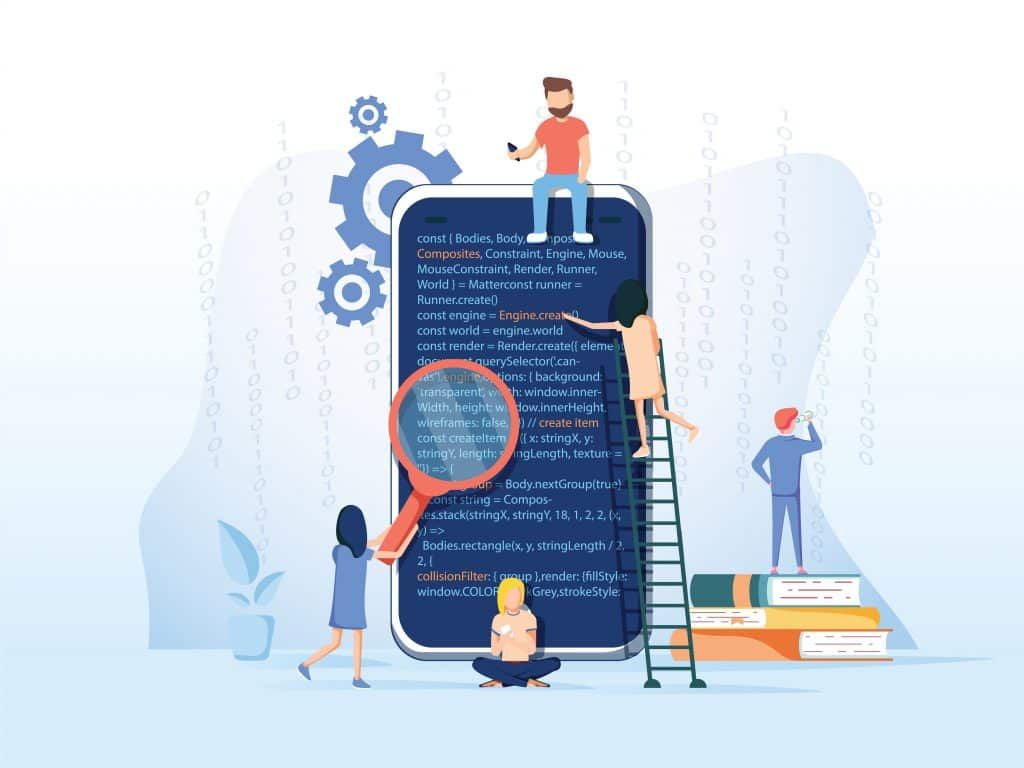Effective team management: The key to project success
18/12/2024
by Tekai

Effective team management contributes significantly to ensuring a project runs smoothly from the beginning and delivers high productivity, earning customer trust in the company.
This is a series of blog post from Tekai's personnel sharing their past working experience and how those experience can help Tekai's future clients.
A project team is typically divided according to the following roles: Example for a 20-member team:
- Project Manager (PM): 1
- Business Analysts (BA): 2
- Two Small Teams: Each with 1 leader and 5 developers
- Testing Team: 1 Test Lead and 4 testers For larger teams, leaders need more advanced skills, equivalent to the PM, while the PM takes on a role similar to a project director.
 Management Tools
Management Tools
- Jira: Used for sprint planning, task allocation, and bug logging.
- WBS: Tracks overall progress.
- Excel: Creates test cases.
- Word: Documents specifications, user guides, and system deployment guides.
- Git: Manages source code.
- DevOps: Supports CI/CD.
- Communication Channels:
- A unified communication platform must be used, and any issues arising in tasks should be reflected there. This enables the PM to promptly identify and resolve problems.
- Reporting:
- The PM receives weekly reports from small group leads, reviews team coordination, identifies any issues, and proposes solutions
- Reporting can be managed using Excel for weekly tracking or task reporting in Jira.
 Project Development Phases
Project Development Phases
 1. Requirement Gathering
1. Requirement Gathering
- Requirement Analysis: A critical phase to ensure the project starts smoothly. The PM and BA meet with the client to gather and analyze requirements and define the project scope.
- Task Distribution:
- The PM collaborates with the BA and Lead to create basic project estimates and a timeline.
- Risks (technical, personnel, or client-related) are identified, and basic solutions are proposed.
- Team size for the project is determined.
 2. Project Kickoff
2. Project Kickoff
- Team Briefing:
- The PM announces the project plan and distributes tasks.
- Specific timelines are shared.
- BA Responsibilities: Convert client requirements into detailed technical documentation.
 3. Development Phase
3. Development Phase
Sprint Guidelines:
- Each sprint lasts 2–4 weeks, focusing on releasing specific modules.
- At the end of each sprint, retrospectives are conducted to summarize:
- Sprint progress, achievements, shortcomings
- Weaknesses and solutions for improvement
- Lessons learned for the team
- Timeline adjustments, if necessary.
Daily Workflow:
- Daily Standup Meetings:
- Duration: 15–30 minutes.
- Content: Progress updates from the previous day, plans for the day, and discussion of blockers.
- Progress Monitoring: Use Kanban to track task completion. Tasks exceeding deadlines are promptly addressed with assignees to identify issues and solutions.
Weekly Meetings:
- Weekly Goals: At the beginning of the week, check progress and set weekly objectives. The PM works closely with the project team to achieve these goals.
- End-of-Week Summary: Summarize progress compared to initial goals, assess risks, and discuss necessary changes.
 4. Testing and Deployment
4. Testing and Deployment
This phase is continuous and runs parallel with development. As soon as the BA prepares the project documentation, the Test Lead receives it and creates a testing plan for the module, including:
- Assigning testers
- Creating a timeline for writing test cases and executing tests
- Retesting functions
Testing Process:
- Coordination between Developers and Testers:
- Unit Tests are completed before handing over to Testers.
- Testers verify functions against written test cases, log bugs for developers, and retest fixed bugs.
Testing Meetings:
- The Test Lead holds progress meetings with the test team, and the PM may join in some cases to track test progress and outcomes.
- Discuss found bugs, plan fixes, and retest accordingly.
Deployment:
- Pilot Testing: Deploy on staging for client review.
- Official Release: Deliver the final version after resolving all bugs.
 5. Project Closure Phase
5. Project Closure Phase
- Evaluation and Summary:
- Conduct a wrap-up meeting to assess success and areas for improvement.
- Gather feedback from clients and the team.
- Final Report:
- Submit a handover document, report on work efficiency, and highlight results achieved.
- Handover:
- Transfer all technical documentation, source code, and operational manuals.
 Key Experiences in Team Management:
Key Experiences in Team Management:
- Flexible Adjustments: Adapt processes to fit project realities.
- Proactive Problem Solving: Address issues quickly to avoid affecting overall progress. For unclear issues, organize meetings with relevant stakeholders for prompt solutions, either from the project team or the client.
- Enhanced Communication: Clear and transparent communication among team members and groups. All issues should be raised on the communication channel for timely responses from colleagues or the PM.
- Fostering Team Cohesion: Create a friendly work environment to encourage collaboration and knowledge-sharing among project members.
This process ensures the project is completed on time and with quality, while fostering an effective working environment that maximizes the potential of every team member.























